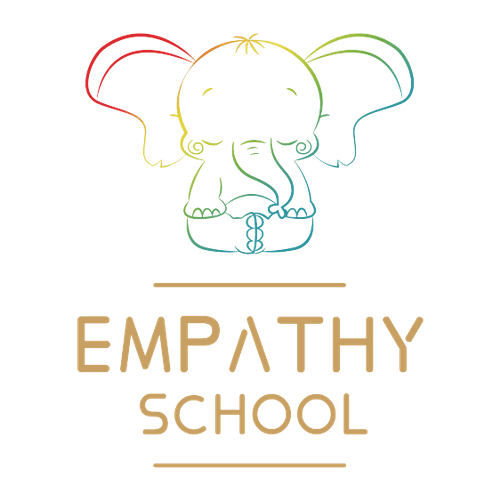Empathy School emerges as a pioneering force in the field of Social-Emotional Learning (SEL), championing the notion that the realm of emotions, much like the domains of mathematics or science, requires explicit instruction. It’s a place where the subtle art of understanding and articulating feelings is nurtured, preparing students to navigate the complex social waters of life with grace and acuity.
At the core of this revolutionary approach is a deceptively simple yet profoundly impactful tool: a card game designed to hone the skill of emotional granularity—the ability to discern and express the nuances of one’s feelings. This game, now embraced by 200 schools worldwide, eschews traditional labels in favor of evocative images, sidestepping cultural biases and inviting children to interpret emotions within their contexts. Picture, for instance, an elephant tucked under a blanket—an image that might conjure a sense of comfort and security in young minds, while adults might see a symbol of fear or vulnerability.
Through this innovative gameplay, Empathy School’s students are not just learning; they are embarking on a journey of self-discovery, mastering the language of emotions. It’s a journey that promises to equip them with the emotional intelligence necessary to lead with empathy, navigate the intricacies of group dynamics, and ultimately, transform the way we understand and interact with one another in this increasingly interconnected world.
In the labyrinthine journey of emotional enlightenment, the initial step is akin to a revelation – a moment where one grasps the essence of their self. Let’s look at Michael’s story.
One evening, as the amber hues of sunset bled into the sky, Michael, a student of Empathy School, found himself in a familiar domestic tableau. The father mistook his son’s quiet demeanor for anger. It is a common misinterpretation that we all tend to make. But this time, something shifted. Armed with the insights gleaned from his days at Empathy School, Michael found the courage to give clarity to his father’s interpretation.
“Dad,” he said, his voice steady but gentle, “I’m not angry. I’m frustrated.”
In that simple declaration, a world of understanding was unlocked. The father, taken aback, saw his son in a new light. It was as if the boy had handed him a key to a previously indecipherable map of his emotions. This wasn’t just a correction but an invitation to a deeper connection. From this, the father was able to speak more with Michael and help him find strategies to solve the problems he was facing.
This clarity Michael had given was a testament to the transformative power of emotional literacy. Here was a child, not yet in his teens, navigating the complex terrain of his feelings with the finesse of a seasoned traveler.
Empathy School teaches its students not just to identify their emotions but to dissect them, laying the groundwork for effective emotional management and communication. But the journey doesn’t end there. Building on this foundation of emotional awareness, Empathy School delves deeper, weaving the principles of Marshall Rosenberg’s Nonviolent Communication (NVC) into the very fabric of its curriculum. NVC operates on the premise that every emotion is a reflection of a need, either fulfilled or unfulfilled. By guiding students to uncover these underlying needs, the school equips them with the tools to express the why behind their emotions. Whether it’s the frustration of feeling unheard in a discussion or the anger stemming from a lack of support in a group project, this level of clarity is transformative. It’s the key to unlocking peaceful resolutions and nurturing harmonious interactions, proving that the language of emotions, when mastered, has the power to change not just individual lives but the very dynamics of human interaction.
At Empathy School, the art of conflict resolution is a dance that varies with the rhythm of age. For the younger ones, the mere act of acknowledging their feelings and needs is often enough to untangle the knots of disagreement, allowing them to return to their play with a newfound understanding of one another. But as the students grow older, the steps become more intricate. They are guided through the additional choreography of making clear requests to fulfill their needs, a skill that arms them with the ability to navigate the complex social landscapes of their lives, whether it’s addressing their behavior or engaging with others.
In Empathy School a “self-request” emerges as a linchpin, a radical departure from conventional emotional responses. Picture this: a student encounters rudeness, a scenario ripe for anger. But instead of succumbing to this knee-jerk reaction, they engage in an act of introspective alchemy. They ask themselves to pivot, to reframe their emotional landscape. This isn’t just a technique; it’s a transformative force. It’s about wielding the power of choice, of consciously navigating the tumultuous waters of emotion. And the outcomes? They’re profound. Students don’t just learn to manage their feelings; they master the art of emotional agility. They cultivate resilience, empathy, and a deeper understanding of the human condition. In essence, Empathy School isn’t just shaping minds; it’s sculpting the architects of their emotional destinies.
But the school’s teachings dive even deeper, exploring the intricacies between physiology and emotions. Students discover that their feelings are not merely reactions to the world around them but also echoes of their physical state within. Grasping this connection empowers them to employ strategies that can alter their physiology and, by extension, their emotions. Simple acts like taking deep breaths can serve as a “force reboot” for their emotional system, offering a lifeline in the turbulent seas of stress and anger. This is not just theoretical; a study by Zaccaro et al. (2018) provides empirical evidence, showing that deep breathing can enhance emotion regulation, a cornerstone in managing the tempests of anger and other intense emotions. Through these teachings, Empathy School is not just educating minds; it’s shaping emotionally resilient individuals, equipped to navigate the complexities of their inner and outer worlds.
Within the walls of Empathy School, the curriculum is a mosaic of techniques for navigating the ebb and flow of emotions. It’s a journey that goes beyond the confines of traditional education, venturing into the realms of yoga, meditation, mindfulness, and deep breathing exercises. These practices are more than mere activities; they are gateways to emotional well-being, tools that students can wield to find their balance in the tumultuous sea of feelings. But the school’s approach doesn’t stop at the inward journey. It extends outward, highlighting the value of physical engagement through sports and the power of connection found in sharing feelings with friends. These are the threads that, when woven together, form a safety net for managing stress.
Yet, the curriculum doesn’t shy away from the shadows. It shines a light on the pitfalls of unhealthy coping mechanisms, like the deceptive comfort of indulging in sugary treats such as ice cream. Students learn to see these choices for what they are: temporary Band-Aids that might cover the wound but fail to heal it, often leaving scars in the form of long-term consequences. In this way, Empathy School empowers its students to make informed decisions, steering them toward healthier alternatives for managing their emotions. It’s a holistic approach that prepares them not just for the challenges of academics, but for the complexities of life itself.
The school’s commitment to teaching both positive and negative coping strategies is a testament to its holistic vision. It’s an acknowledgment that the journey through our emotional landscape is a complex one, fraught with challenges but also ripe with growth opportunities. By providing students with a diverse array of tools to navigate this terrain, Empathy School stands as a beacon of holistic education in the 21st century, a model that recognizes the intricate interplay between our emotions, our bodies, and our social world.

